FRANKLIN — Ed Robinson looks down at an empty 360,000-gallon steel and concrete tank and imagines it filled with water and teeming with California yellowtail, a subtropical fish prized in sushi bars for its smooth, buttery texture and mild flavor.
“Imagine 30,000 to 40,000 yellowtail in here. Wow!” said Robinson, CEO and chairman of Acadia Harvest, a startup company that is developing a land-based, indoor fish farm to raise black sea bass and California yellowtail.
If successful, the company will have the only commercial yellowtail fish farm in the United States. This month it made big strides toward that goal by winning two grants – $657,000 from the National Science Foundation to develop alternative technology to help the company build a commercial-scale operation with zero fish waste, and $367,500 from the Maine Technology Institute to complete work on that big tank.
The company plans to use the tank – located at the University of Maine Center for Cooperative Aquaculture Research in the Hancock County town of Frankin – to raise juvenile yellowtail. It would then truck the fish about 20 minutes down the road to the former Corea Navy base in Gouldsboro, where it plans to build dozens of tanks to hold 200,000 adult fish on a 6.8-acre site it has an option to buy.
The company is currently raising sea bass and yellowtail in smaller tanks at the University of Maine facility.
Robinson said the business needs to spend an additional $8 million to be commercial on a large scale. He is seeking loans and investors who would own a piece of the company. Robinson hopes to be in full production in a couple of years and employ about 15 people.
He sees a market for yellowtail because it’s a premium fish that is overharvested in the wild.
“Consumers want fish that is traceable,” he said. “They want fish that is sustainable and of high quality.”
There are many kinds of fish known as yellowtail. The species should not be confused with yellowtail flounder, which are caught in the Gulf of Maine.
Local cold-water species, such as cod and halibut, also have been raised at the Center for Cooperative Aquaculture Research. Those slow-moving fish are “lazy” compared with the hyperactive yellowtail, said Kevin Neves, a Ph.D. student who is working as production manager for Acadia Harvest.
The fish are constantly in motion – even when asleep – and they splash around like frenzied piranha when he tosses food pellets into their tank. He usually gets soaked.
All that energy requires a lot of food, but giving them too much food creates excess waste that has to removed from the water, he said.
“It’s a challenge to get enough food in there so they grow at the rate we need them to grow without overwhelming the system to keep them alive,” Neves said.
On the upside, he said, yellowtail are a “hardy and forgiving” fish that do well in captivity.
Adults weigh between 4 and 35 pounds, depending on their age. The biggest demand is for fish between 4 and 7 pounds, Robinson said. It takes about a year and half for yellowtail to reach that size.
ADVANTAGE: CLOSER TO MARKETS
A land-based fish farm could be built anywhere in the country. Locating the facility in Maine makes sense, Robinson said, because Maine is known for its quality seafood and it has an “infrastructure” of commercial seafood businesses that can bring the fish to consumers.
California yellowtail (seriola lalandi) are torpedo-shaped fish found in warm waters off the Baja California peninsula and Southern California. The species is closely related to yellowtail species found in waters near Japan that are often called Hamachi, depending upon the size. Although Japanese fishermen catch wild yellowtail, a substantial amount is farmed in cages at sea using juveniles captured in the wild. There are similar farm operations in Hawaii, Australia, Chili and Mexico.
Japan is the predominant supplier of yellowtail in the United States, said Dave Rudie, CEO of Catalina Offshore in San Diego, which sells fresh and frozen California yellowtail direct to consumers and also to wholesale companies that supply restaurants. It procures farmed-raised fish from Mexico.
Rudie estimates that East Coast restaurants pay $9 to $10 per pound for fresh, farm-raised California yellowtail. Wild yellowtail sell for half as much because the wild fish is usually of lower quality as a result of its diet and the damage that occurs to the meat when the fish is harvested, either by hook and line or by hand-drawn gill nets.
Rudie said Acadia Harvest will have the advantage of being a local producer that can supply East Coast restaurants with “super fresh” yellowtail. The company’s major challenge, he said, is selling its fish for a high enough price to pay for the higher production costs of a land-based fish farm.
“The real test is when you are selling it and you are competing against all the kinds of yellowtail out there,” Rudie said.
In an effort to test the marketplace, Acadia Harvest has already sold about 600 pounds of black sea bass and 5,000 pounds of yellowtail. Harbor Fish Market, which operates a retail market in Portland and also sells wholesale to restaurants, has been helping Acadia Harvest with that effort.
Local sushi restaurants have been eager to buy Acadia Harvest’s yellowtail because of its high quality, said Nick Alfiero, one of the fish market’s owners. Still, it’s hard to gauge the market for fresh yellowtail because it’s easy to sell seafood for a good price when the supply is limited, he said.
“It does reasonably good in small batches,” Alfiero said. “What happens when Acadia Harvest sends a thousand pounds? How does it stack up against other products? A hundred pounds here or there is not a real sample size.”
Robinson said the land-based system gives him total control over the process and allows him to deliver fish to buyers in the Northeast without expensive airfreight costs. Also, using ocean pens, as salmon farms do, would be impossible in Maine because yellowtail could not survive in the cold waters here.
INNOVATING ON WASTE TREATMENT
Another novel aspect of the project focuses on reducing waste while simultaneously generating income.
Land-based aquaculture systems manage fish waste using an energy-intensive process that is basically a miniature version of a municipal waste treatment plant. Acadia Harvest will use the National Science Foundation grant to develop a system in which the nutrients in the waste would be used to feed sea worms. Sea vegetables, such as kelp, would be used to provide oxygen to the water.
The net result would be a low-power waste treatment system that would generate enough income to offset operating costs.
“That would be the holy grail of aquaculture,” Robinson said.
The Center for Cooperative Aquaculture Research is operated by the University of Maine as a business incubator for several aquaculture companies that pay user fees and rent to the university. Acadia Harvest is partnering with the center and the university.
The company has brought a lot of energy and much-needed investment to the facility, said Stephen Eddy, the center’s biologist.
Acadia Harvest was founded in 2011 by two marine biologists, Chris Heinig and Tap Pryor, who later asked business adviser Robinson to join them as a partner. In 2013, the National Science Foundation awarded the company a Small Business Innovation Research grant of $180,000. The most recent grant is the second phase of the grant program. Only about 5 percent of applications ever get to this point, said Jesus Soriano, a program director at the National Science Foundation.
Soriano said each grant application undergoes a rigorous review by scientists and market experts, and that a grant awarded amounts to a “seal of approval,” giving potential private investors confidence in the company. The program’s goal is to foster innovation in private companies that are developing new technology that has high commercial potential and would also benefit society.
Soriano said private investors typically don’t want to put money into startup companies developing unproven technologies.
“We know the private sector is not able to take that risk,” he said.
Send questions/comments to the editors.

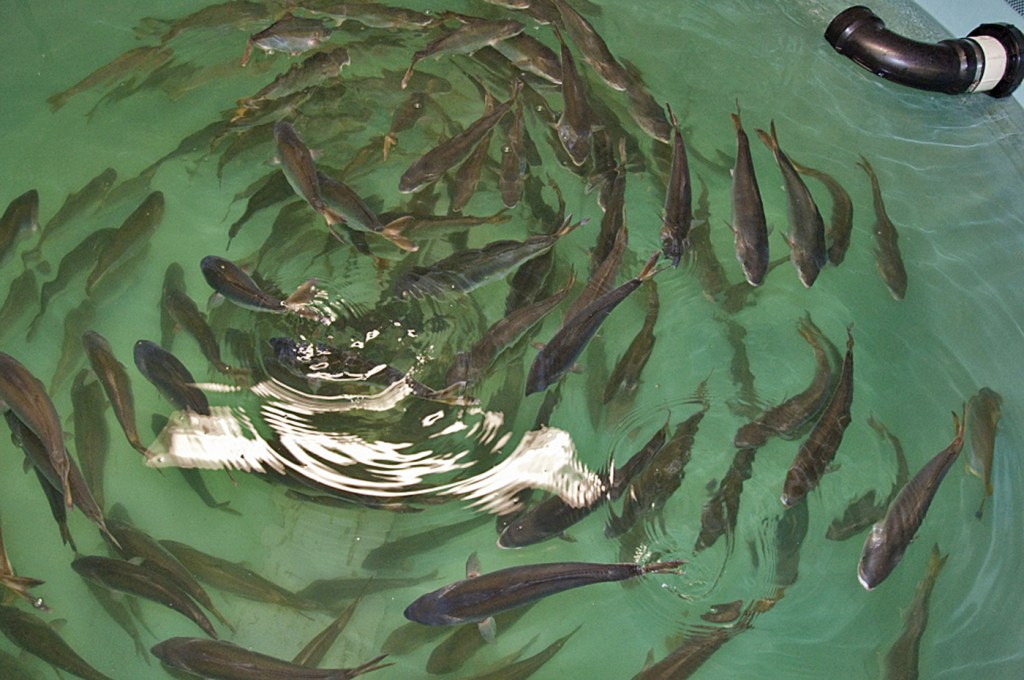
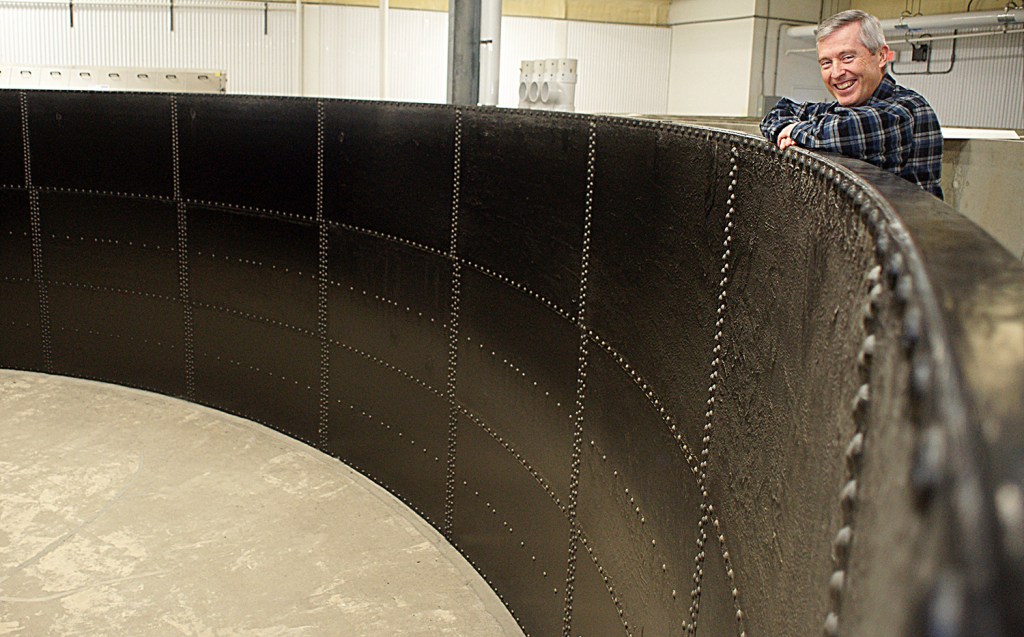
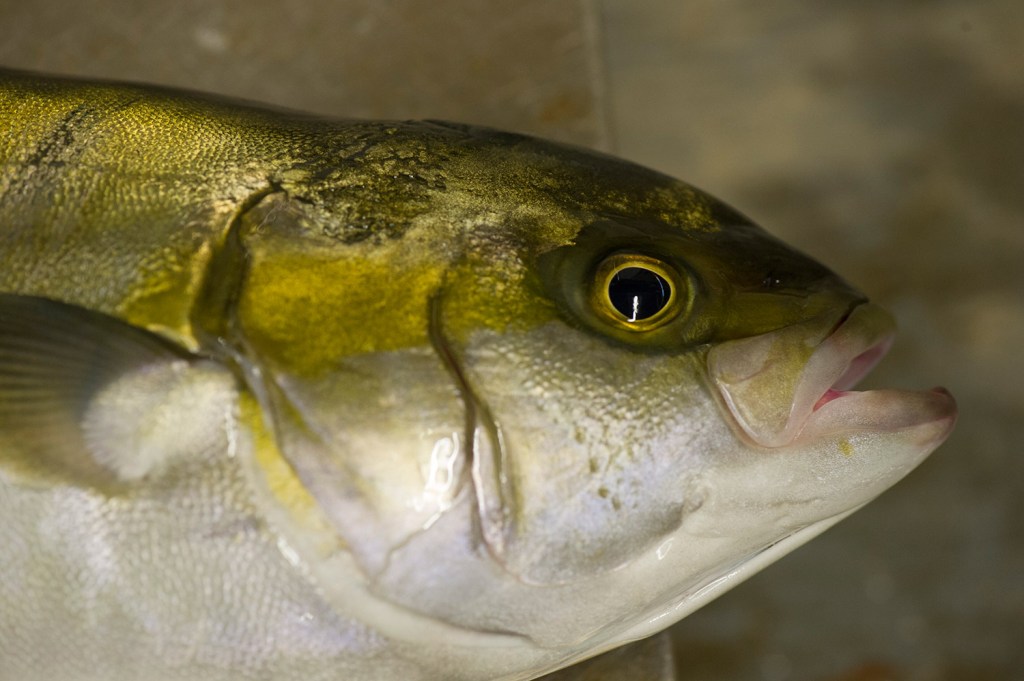
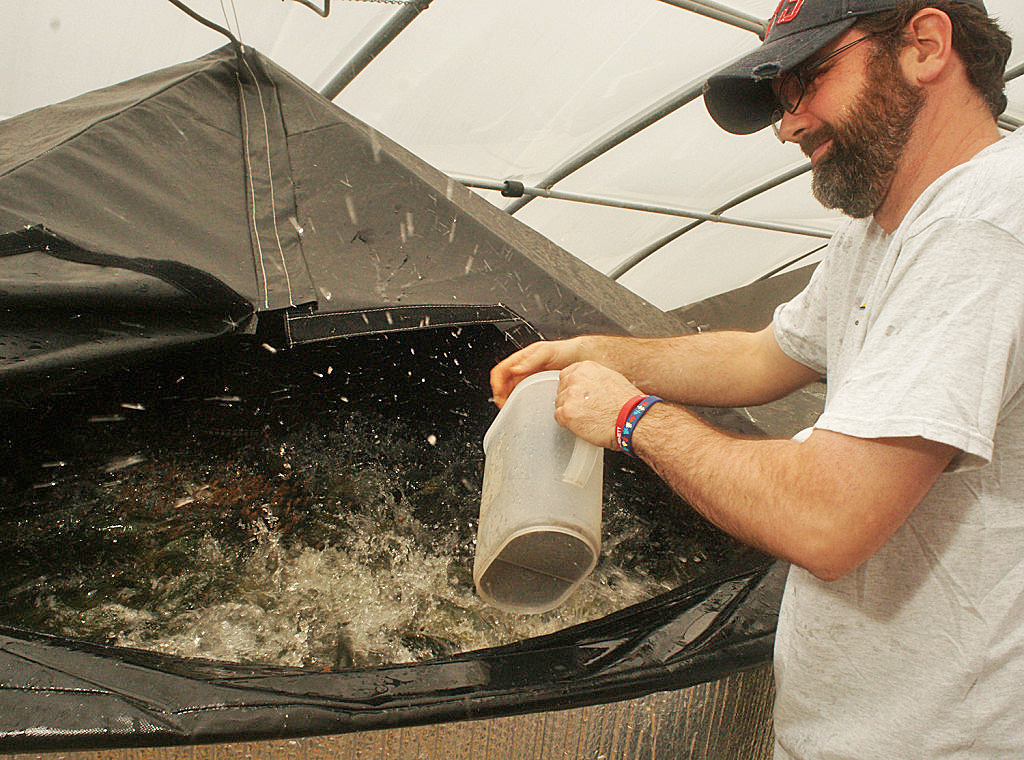
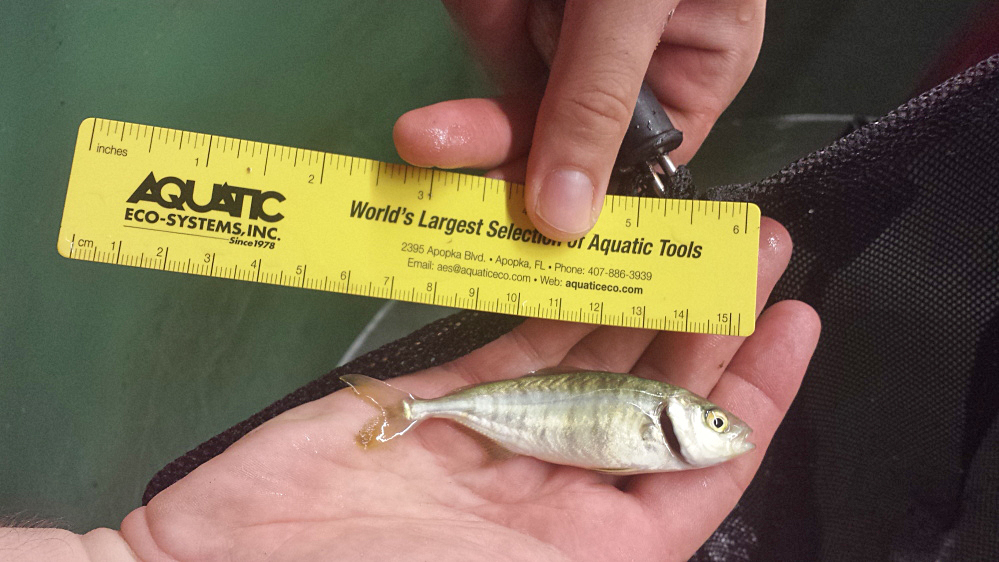
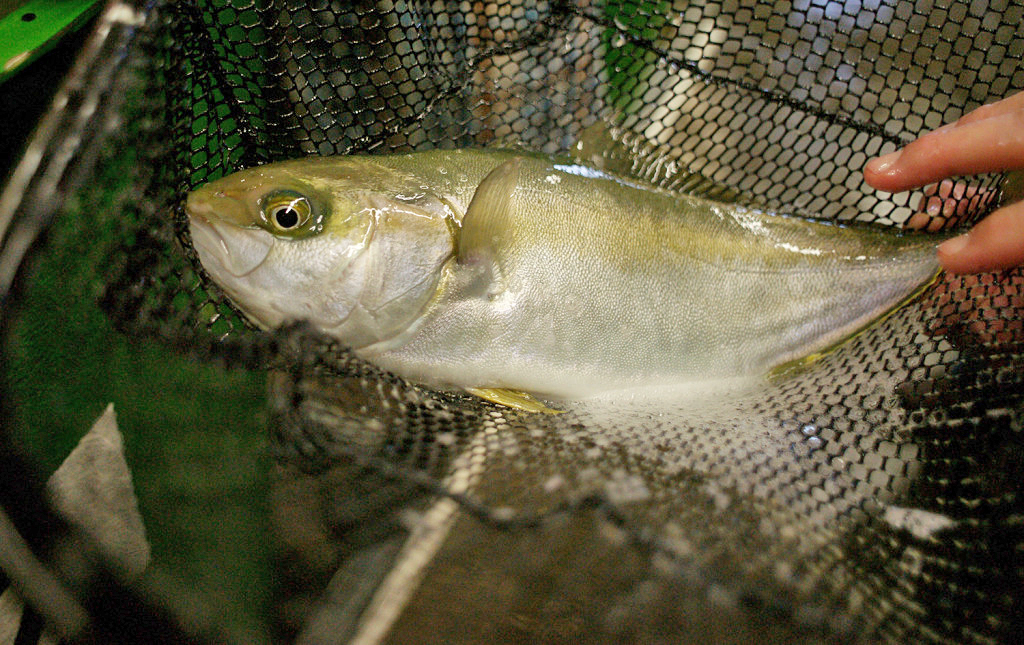
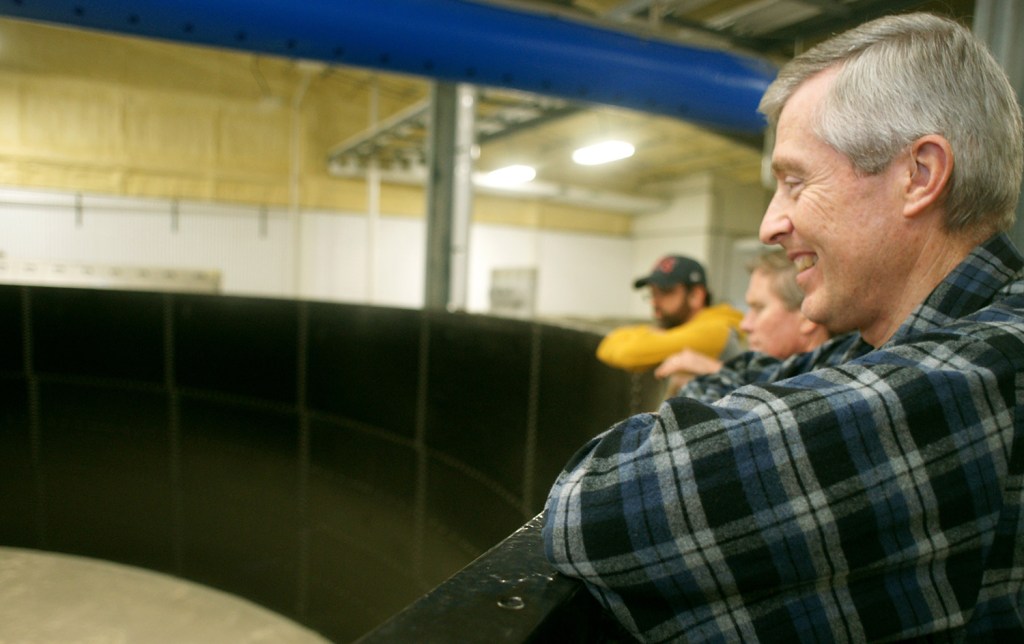

Comments are no longer available on this story